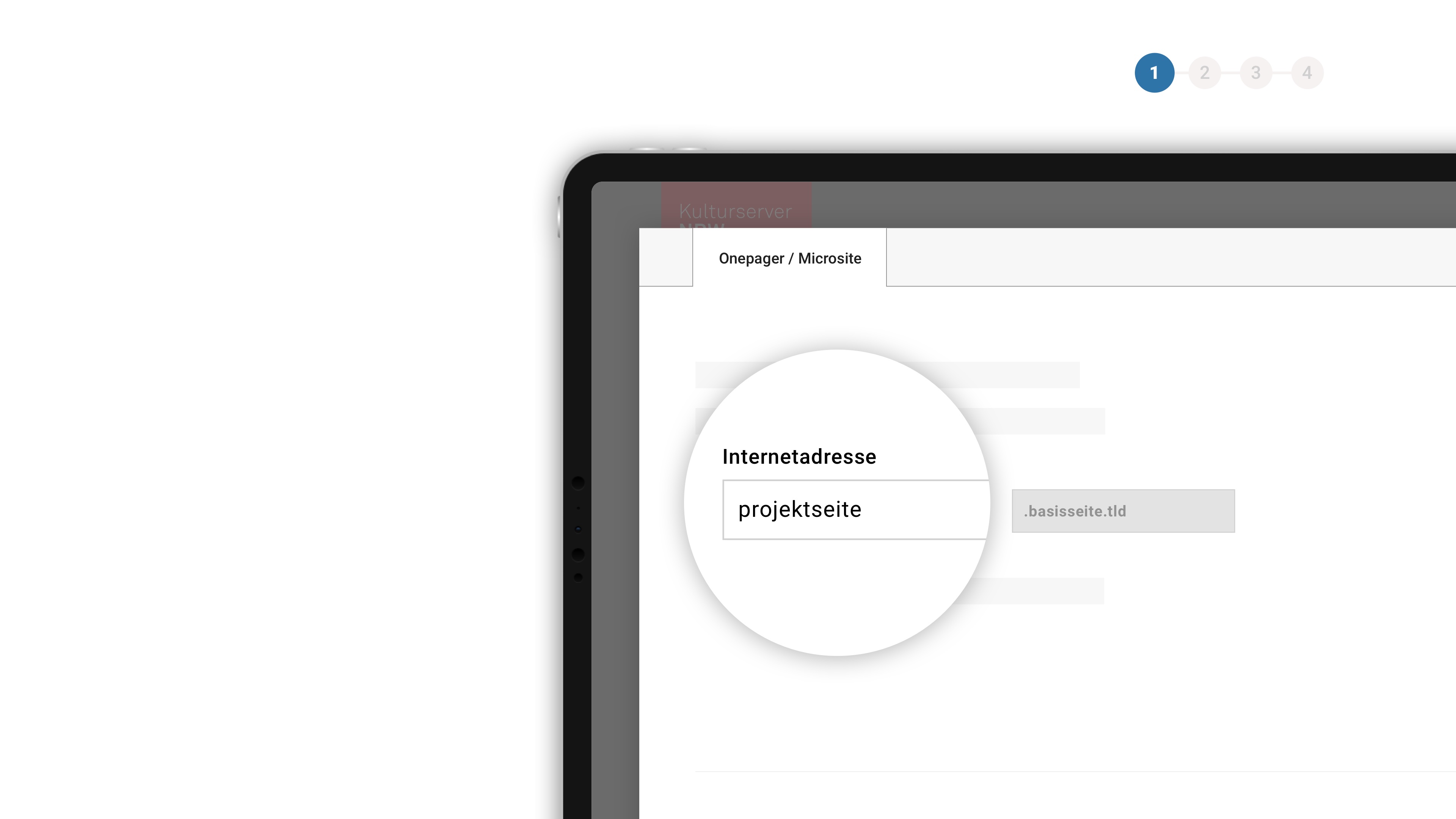Ein Spiel mit dem eigenen Image - Deutsche Oper Berlin
Toying with his own image
Tobias Kratzer in conversation with Jörg Königsdorf
INTERMEZZO marks the mid-point of your Strauss trilogy at the Deutsche Oper Berlin. In the first instalment, ARABELLA, you gave us a modern take on emancipation and gender, which was a surprise to some. Is there modernity mileage to be had from INTERMEZZO?
Unlike ARABELLA, INTERMEZZO contains nothing in the way of a gender conflict. INTERMEZZO’s modernity consists more in its appreciation of the daily round, something that was not deemed worthy of depiction on stage until the advent of the New Objectivity movement. The idea of a telephone ringing as part of the onstage action, for example, was unthinkable. However, the more our Strauss cycle progresses, the more I realise that I’m not at all trying to point up some streak of modernism in Strauss; instead I want to show how people in the present day can fully relate to his operas, for all the arms’-length monumentality of their music. INTERMEZZO is a case in point, as the storyline alone reveals a Strauss who is more accessible – and with it more vulnerable. With our gaze suitably focused by INTERMEZZO, we are apt to take a different view of other operas such as THE WOMAN WITHOUT A SHADOW. In this work Strauss is more centred and grounded than he is, say, in the mythological pieces of his advanced years, when librettists lured him into storylines that were weirder than anything that would have tallied with his down-to-earth nature.
The question of modernity is relevant for another reason, though: in his preface to the score Strauss himself claims to have pointed musical theatre in a new direction with his INTERMEZZO.
There are two things he could have been alluding to. Firstly something we might call musical prose: a singing diction that’s very chopped-up and alternating and, as with Janáček, more akin to everyday language than following great sweeping melodies, even including stretches of melodramatic text spoken over the music. You could call that Strauss’s contribution to the New Objectivity. The other thing he could have meant was the auditory portrayal of everyday goings-on. But there’s a third aspect that really interests me nowadays: by basically writing himself into his own opera, Strauss is effectively opening a wry auto-fictional window onto his work. He seems to be toying with his own image. And that amounted to a major break with the artistic notions of the 19th century, in which the biographies of “great artists” often impinged on their works but never in the form of depicting, say, Richard Wagner as an onstage character. That Strauss chose to place thinly veiled alter egos of himself and his wife in front of an audience reveals a self-reflection more associated with post-modern strategies. What I love about the piece is his game-playing with his own role as a composer and also the switching between fiction and reality.
Not that the vast majority of the audience at the world premiere in 1924 got that. It was Strauss’s exhibitionism that was used as a stick to beat him with.
Because the little slice of his life presented by Strauss in INTERMEZZO had nothing to do with high-flown passions, heroic deeds or political intrigues; it only dealt with a banal misunderstanding that led to his wife assuming he was having an affair - not the kind of material that you expect to spawn great masterpieces; this rather makes a spectacle out of one of those petty, embarrassing details on the fringe of any terrestrial existence. Far from levitating above us, the artist is an ordinary human being who plays skat, loves rose hip jelly and travels in the course of his work. The only thing we are not privy to is a scene of him …on the privy.
Strauss dubbed his eighth opera a “bourgeois comedy”. Does the adjective refer to an emerging urbaneness or to an outdated moral code and a nostalgic yearning for the good old days before the First World War?
Whatever it refers to, the work is perfectly applicable to the present day. We are presented with the template of a middle-class marriage that’s still broadly familiar to many people. ‘Bourgeois’ encompasses a degree of tolerance towards wayward spouses, as long as their flings stay under wraps. Here we’ve gone a step further with this marriage à la française and turned Christine’s full-on flirt into an actual affair. After all, much of what she accuses her husband of is only projected self-reproach. INTERMEZZO may not give us a 2024 marriage manual, as could be said of ARABELLA, but there is no reason why the work has to be set in the Wilhelminian period.
At the world premiere of INTERMEZZO the stage set for the drawing room replicated the Strausses’ own drawing room. How important for you is this direct link to the composer’s biography?
I’m interested from a systemic point of view but not in any way connected to Strauss. Which is why he himself doesn’t feature in our production but the archetypal characters that he created do: Elektra, Salome, Marschallin – all of whom are characters that have a core trait that people can relate to. In our approach to Storch, the kapellmeister, we ignored the real-life Richard Strauss in favour of a 4th-wall reference to the performance here at the Deutsche Oper Berlin. Neither do I think that the opera gives us any special insights into Strauss’s character, seeing as he doesn’t lay himself bare but only offers us a snapshot – which is true of all autobiographies. You don’t get to the bottom of the real-life Goethe by reading “Dichtung und Wahrheit”; instead, he comes over as a fictional character.
Strauss can be said to be doubly present in INTERMEZZO: firstly as an onstage character, secondly by indulging his ego in the symphonic interludes, which form a major part of the score and are even mentioned in the elaboration tacked on to the opera’s title. What’s your stance on these two ways in which the composer draws attention to himself?
I take a what-you-see-is-what-you-get approach to these intermezzi. I don’t bestow any ulterior theatrical meaning on them. That’s why we have the orchestra livestreamed on video. In Act 2 the stuff we captured on film earlier links playfully into the theme of the action. We’re exploring the theatricality inherent in this – almost – puristic music. Because unlike most composers, whose intermezzi always have dramatic relevance, Strauss is really only thinking symphonically here.
Compared to the Storch couple, all the other characters function largely as storyline facilitators. They remind us of the teeming crowds of characters in ARIADNE and the hordes of nondescript protagonists of the Commedia Dell’Arte.
We double down on this impression by – with the exception of orchestra scenes - doing without extras. This means we only use members of the ensemble, who get cast in minor roles, even roles with no lines to say or sing, like passers-by or passengers in a plane. That derives largely from their acting the part that society has allotted them. Strauss is uninterested in whether they have an interior private life, just as most people are blithely indifferent to the fates of 95 percent of the people they encounter. That’s not a value judgement; they’re hard-wired to do it. Their social roles supersede the individual.
Even the young baron, who Christine has a fling with, seems to have been lifted from a comic play.
Well, it was fun getting the grips with the character, even if he’s a touch superficial. Just as the real-life conductor of the opera gets his cameo appearance within the metafictional play that is going on throughout the evening, so I have given the Baron a few of my own character traits, as an ironic wink at myself. Not that these are semantically unambiguous connections; they are false trails, adding to the metafictional playfulness of this work.
Christine is based on Pauline Strauss, who was known to be quite crotchety and is depicted as such by her husband. How does a present-day production lean in against that portrayal?
That depends to a large extent on the personality of the singer. Although the opera centres on Christine, our view of her is necessarily conditioned by her husband’s view of her. Each singer has to liaise with the director and find her own angle on the character. I’ve gone out of my way to demonstrate that even at the moment when she sees herself as completely authentic, the protagonist is following certain behavioural patterns. This imprisonment in roles defined and determined by society is what comprises the tragic portion of this comic opera.
To boot, the Storchs also have a child. Does Franzl get a raw deal as the Storchs’ son?
I love the way Strauss depicts the ambivalence of the child. Childhood is not depicted here as a refuge for innocence, nor the child as a tragic victim as in WOZZECK but rather as a chip off the paternal block, strenuously defending his father. As in real life, this throws up questions like: Whom does the child love most? Where did the parents go wrong – or right? That makes Franzl one of the most realistic and exact portrayals of a child ever to grace an opera stage.
The opera closes with the sentence “A happy marriage, if ever there was one”. Do you endorse that statement?
I’d say that’s the most ironic and ambiguous ending to an opera that Strauss ever dreamt up. Ironic not in the sense of asserting the opposite to what the words say but as an open question to us all: How would we define the concept of happiness?





